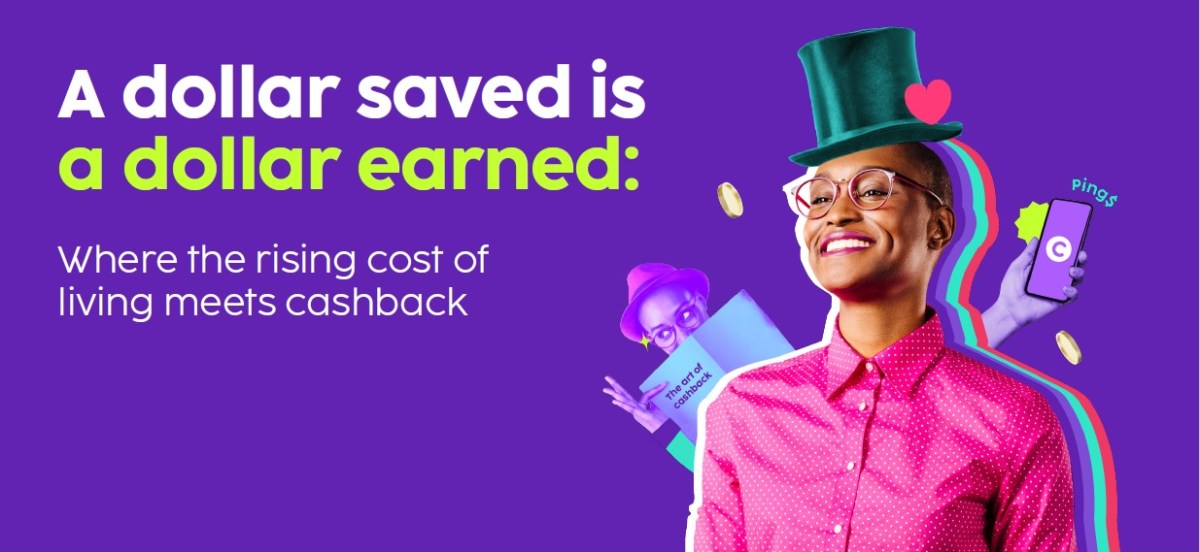Over two thirds of consumers are now more concerned about being able to pay their bills than they were 12 months ago, and three quarters of Australians are cutting back on non-essential spending, according to a survey by Australia’s leading cashback platform, Cashrewards and Inside Retail.
The survey underlined the impact of the rising cost-of-living and higher interest rates on shopping habits, showing that four in five consumers actively make a greater effort to get better deals and close to 60% are ‘trading down’, or choosing lower quality to save money.
Cashrewards chief marketing officer, Nicole Bardsley said, “The research reinforced the impact of the cost-of-living crisis and changing consumer habits. Consumers have clearly felt the impact of a painful increase in the cost of living over the past 12 months and so it is not surprising to see the vast majority of shoppers are responding by changing their spending behaviour.”
Four in five shoppers are now being more careful with their money, presenting an immense challenge for retailers.
“Of particular concern is that most shoppers are employing multiple cost-saving strategies, which means that retailers can’t rely on simplistic measures,” Bardsley said.
“To capture those shoppers who are making a greater effort to search out better deals, retailers will need to ensure they stay top of mind – preferably via an ongoing relationship. And where shoppers are cutting back and trading down, retailers who can provide shoppers with ways of saving money will have the best chance of retaining their customers.”
Cashback on the rise
The survey looked at the rising use of cashback programs, finding over half (52%) of shoppers participated in at least one program and two in three shoppers under 45 (68%) – those most affected by the cost of living crisis – are now using cashback.
Cashrewards is the most popular program, accounting for 30% of shoppers. Cashback is also a regular part of shopping, with 74% of members using cashback every month.
“In the current environment, with three quarters of consumers more committed to cutting back on non-essential spending, the research suggests the power of cashback by encouraging 62% of members to spend more than they had planned is particularly significant,” Bardsley said.
“Similarly, two thirds of members say cashback programs encourage them to buy better-quality items, helping to offset the increased ‘trading down’ exhibited by more and more shoppers.”
In positive news for marketers, 62% of cashback users say that cashback was more likely to encourage them to try a new brand or try a new product.
Cashback versus reward points
Cashback and reward points are two of the most common loyalty programs, with shoppers often switching between them for different purchases and reasons.
When asked about their choice between cashback and rewards programs, one in two (56%) said that cashback is overall better value than points and from impulse purchases to upgrading, three in five consumers feel that cashback is more persuasive than reward points in getting them to spend.
“The research indicates that consumers today have a general preference for cashback over points across a wide range of retail shopping behaviours,” Bardsley said.
“The research demonstrates both the emerging presence of cashback programs and the role they can play, especially in this current environment, to help retailers engage new and repeat customers with the tailored and bespoke offers that drive sales, referrals and loyalty.”

